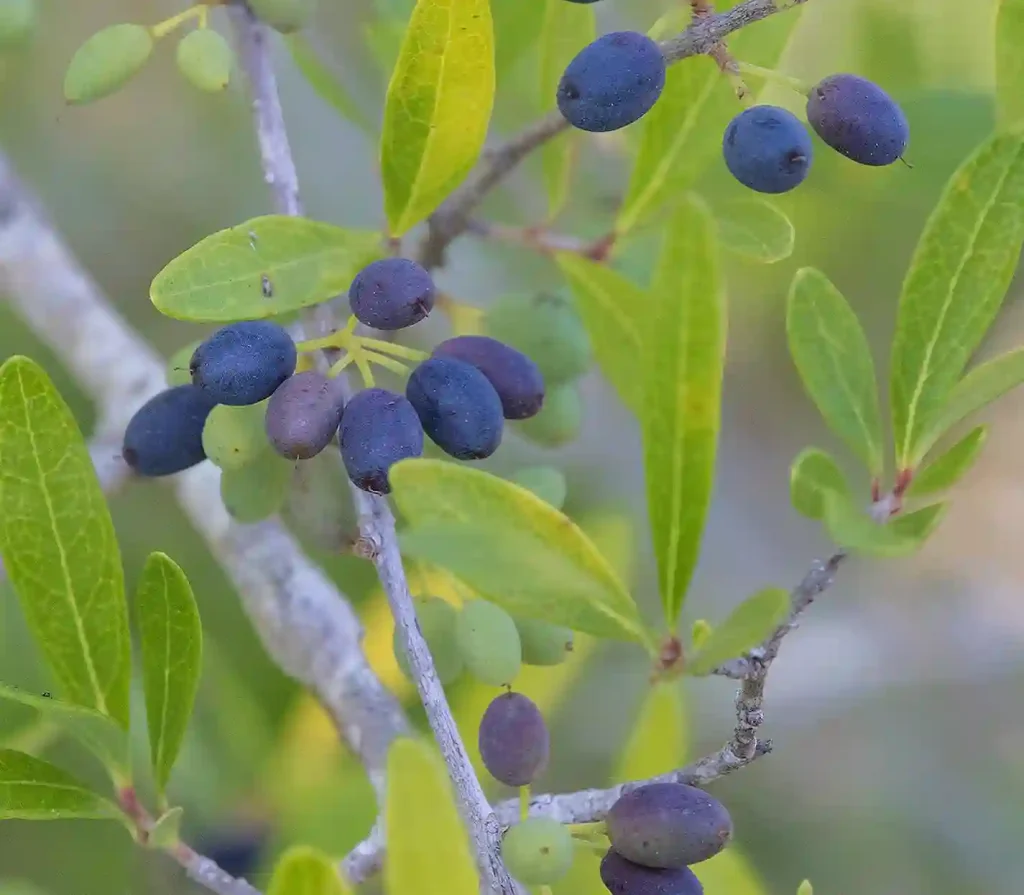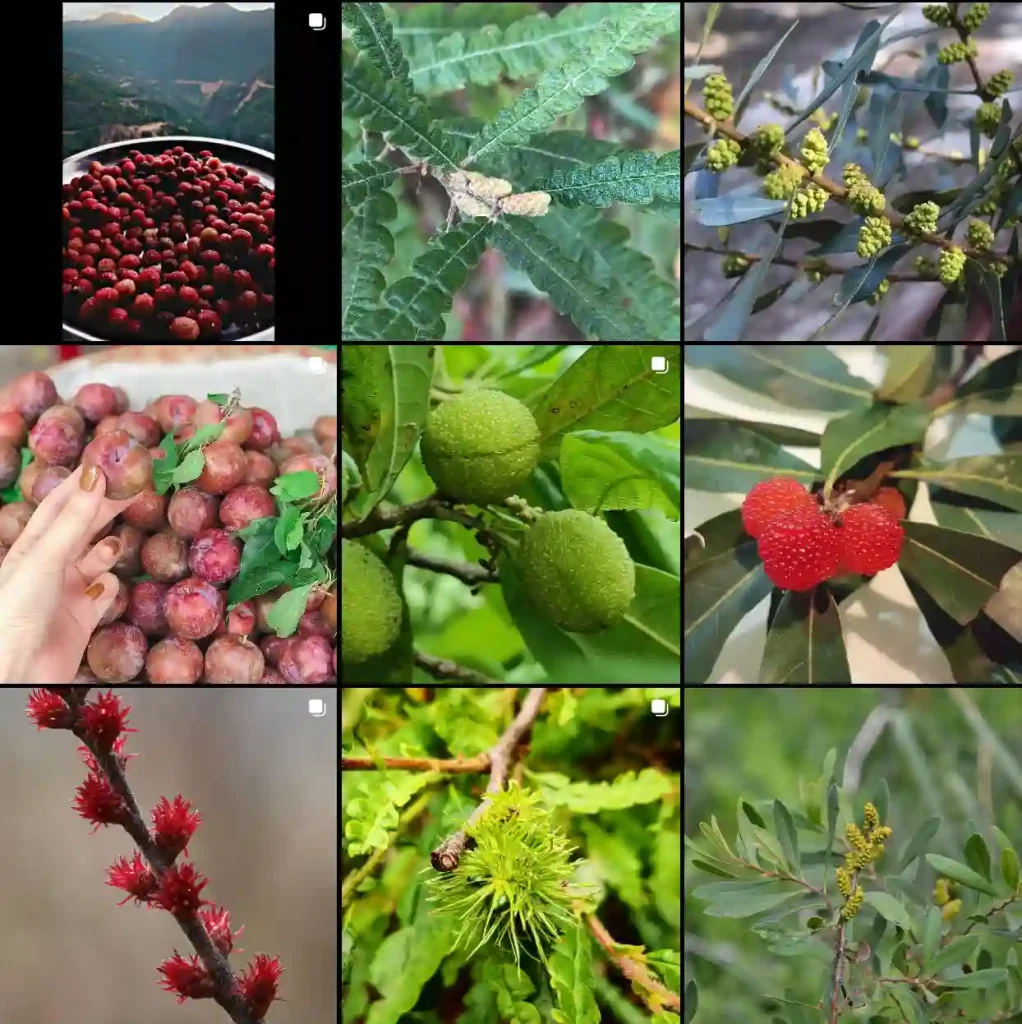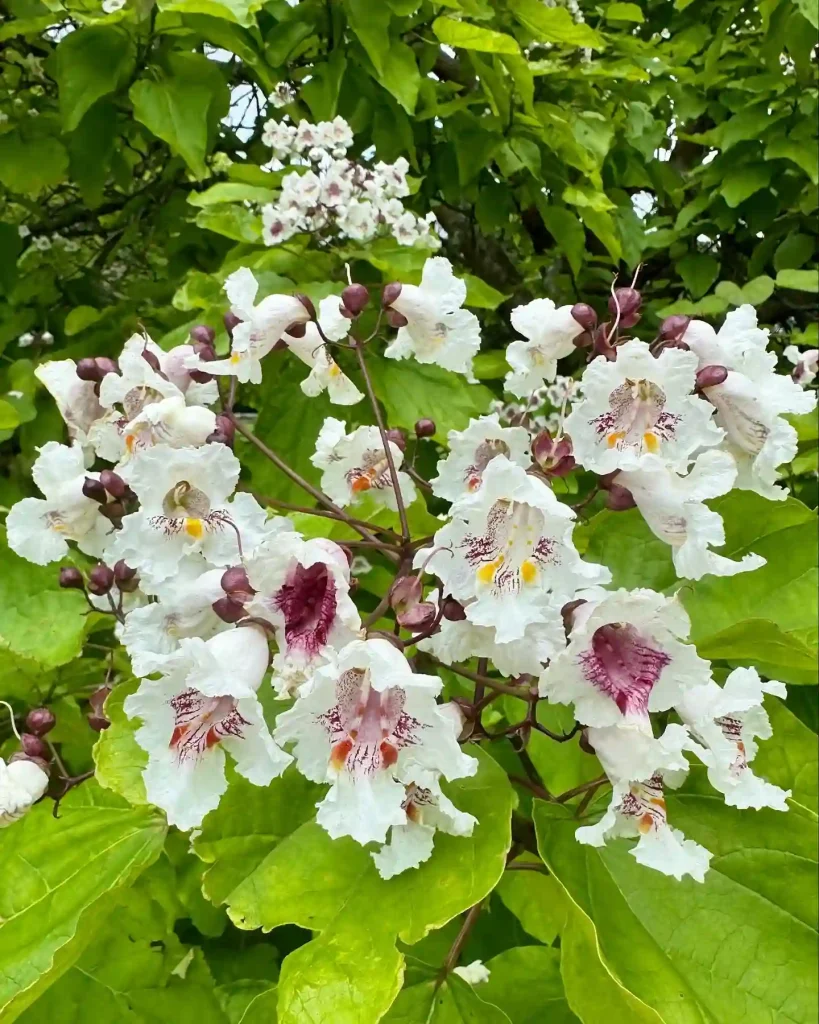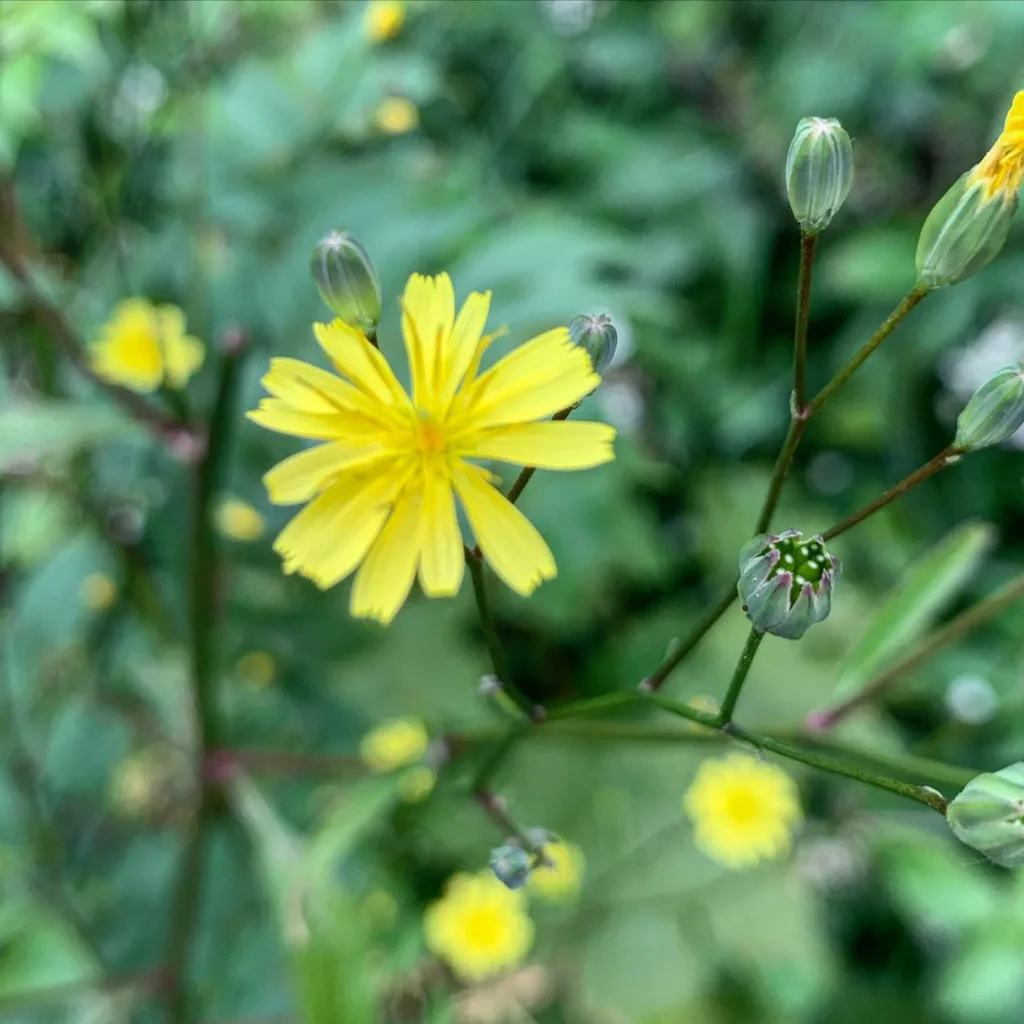Exploring the Montiniaceae Family: A Personal Journey
As an avid plant enthusiast, I’ve often found myself captivated by the diverse families of flora that grace our planet. Among these, the Montiniaceae family stands out, primarily consisting of three intriguing genera: Grevea, Kaliphora, and Montinia. In this article, I want to share my insights and experiences with these remarkable plants, highlighting their unique characteristics and significance in the botanical world.
The Montiniaceae Family: An Overview
The Montiniaceae family, while not widely recognized, plays a vital role in various ecosystems, particularly in the southern regions of Africa. These plants thrive in diverse habitats, from woodlands to coastal areas, showcasing their adaptability. My first encounter with this family was during a trip to South Africa, where I stumbled upon a Grevea plant. Its striking leaves and robust structure immediately caught my eye.
Grevea: The Versatile Survivor
Grevea is a genus that has piqued my interest due to its resilience and adaptability. This genus comprises several species, each displaying unique traits. One notable species is Grevea monticola, which thrives in rocky terrains. I remember hiking through the rugged landscapes of the Drakensberg Mountains, where I found this plant growing stubbornly among the rocks. The way it managed to flourish in such harsh conditions left me in awe.
Grevea plants often feature leathery leaves and produce small, fragrant flowers that attract various pollinators. I’ve observed that the fragrance can be quite strong, especially during warmer months, drawing in bees and butterflies. This interaction between the plant and pollinators emphasizes the ecological importance of Grevea in maintaining biodiversity.
Kaliphora: A Hidden Gem
Kaliphora is another fascinating genus within the Montiniaceae family. My first encounter with Kaliphora occurred in a botanical garden dedicated to South African flora. The delicate flowers and slender stems of Kaliphora species intrigued me. One species, Kaliphora hildebrandtii, stood out for its unique inflorescence, resembling a cascading waterfall of blooms.
These plants are often found in moist, shaded environments, which makes them somewhat more challenging to cultivate. However, my experience growing Kaliphora hildebrandtii in a controlled environment taught me the importance of humidity and proper watering techniques. I found that keeping the soil consistently moist while allowing good drainage was key to its success.
In addition to their beauty, Kaliphora species are often used in traditional medicine, highlighting their cultural significance. Learning about the medicinal uses of these plants deepened my appreciation for their role in local communities.
Montinia: The Resilient Beauty
Montinia is the third genus in the Montiniaceae family, and my encounters with this genus have been equally enlightening. Montinia caffra, for example, is a hardy plant that can withstand various environmental stresses. I recall visiting a nature reserve where this species was abundant. The sight of its lush foliage contrasted beautifully with the arid landscape surrounding it.
What I find particularly fascinating about Montinia is its ability to adapt to different soil types, from sandy to clay. This adaptability makes it a valuable candidate for reforestation projects. I’ve been involved in local conservation efforts where Montinia was utilized for restoring degraded lands. Seeing these plants thrive in their new environment was a rewarding experience that reinforced the importance of preserving native flora.
Cultivating Montiniaceae: Tips and Insights
Having delved into the world of Montiniaceae, I’ve gathered some practical insights for those interested in cultivating these plants. Here are a few tips based on my personal experiences:
- Understand the Habitat: Each genus within Montiniaceae has specific habitat requirements. Research the native environment of the species you’re interested in to provide optimal growing conditions.
- Soil Considerations: Proper soil composition is crucial. For example, Grevea thrives in well-drained soils, while Kaliphora prefers moisture-retentive substrates. Tailoring your soil mix can make a significant difference in plant health.
- Watering Regimen: Establishing a consistent watering routine is essential. Grevea and Montinia can tolerate dry spells, but Kaliphora requires more moisture. Monitoring humidity levels will ensure success.
- Pest Management: Like all plants, Montiniaceae species can attract pests. Regularly inspecting your plants and employing organic pest control methods can help maintain their health.
Conclusion: The Significance of Montiniaceae
In conclusion, my journey with the Montiniaceae family has been both enlightening and fulfilling. The interplay of ecology, beauty, and cultural significance found in Grevea, Kaliphora, and Montinia underscores the importance of these plants in our world. As I continue to explore and cultivate these remarkable genera, I’m reminded of the rich biodiversity that surrounds us and the critical role we play in preserving it. Whether you’re a seasoned plant lover or a curious newcomer, I encourage you to delve into the fascinating world of Montiniaceae. You might just discover a hidden gem that resonates with you, as it has with me.
If i die, water my plants!



